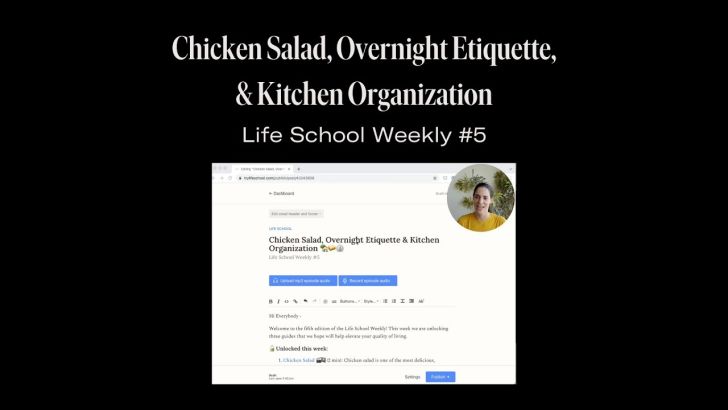Today’s lesson is 231 words, a 55-second read. Subscribe here.
The 3 Main Types of Sponges:
🧼 Soft: Good for lightly-soiled dishes, wiping countertops/appliances & absorbing spills. The only sponge that is safe to use on non-stick.
🧤 Medium/abrasive: Great for scrubbing tougher messes. Can damage & degrade nonstick.
🔨 Tough/scouring: Often necessary for caked-on messes. Use with stainless steel, cast iron, wood & enamel.
📝 Notes, Tips & Tricks:
Always squeeze sponges dry after use. This prevents the growth of mildew & mold, which thrive in dark, moist environments.
To check for mildew, sniff the sponge. If it smells weird, throw it out.
Replace sponges regularly (e.g., weekly) or disinfect & replace bi-weekly
To disinfect, use one of 3 methods:
(1) Soak the sponge in a solution of water & a teaspoon of bleach or a few sprays of anti-bacterial cleaning fluid.
(2) Microwave the moist soapy sponge in a bowl for ~1 minute. Let cool. Rinse & squeeze dry. *Note: Do not place metallic or synthetic sponges in the microwave. (Fire hazard)
(3) Run in the dishwasher.
When a sponge is too far gone to clean dishes, but still has life left & doesn't smell, downgrade it to other cleaning tasks (e.g., bathroom cleaning).
🛍 Recommendations
Medium: Hand-held; Wand; Splurge Wand
Abrasive: Scouring Pad; Steel Wool
🎓 Further Studies









